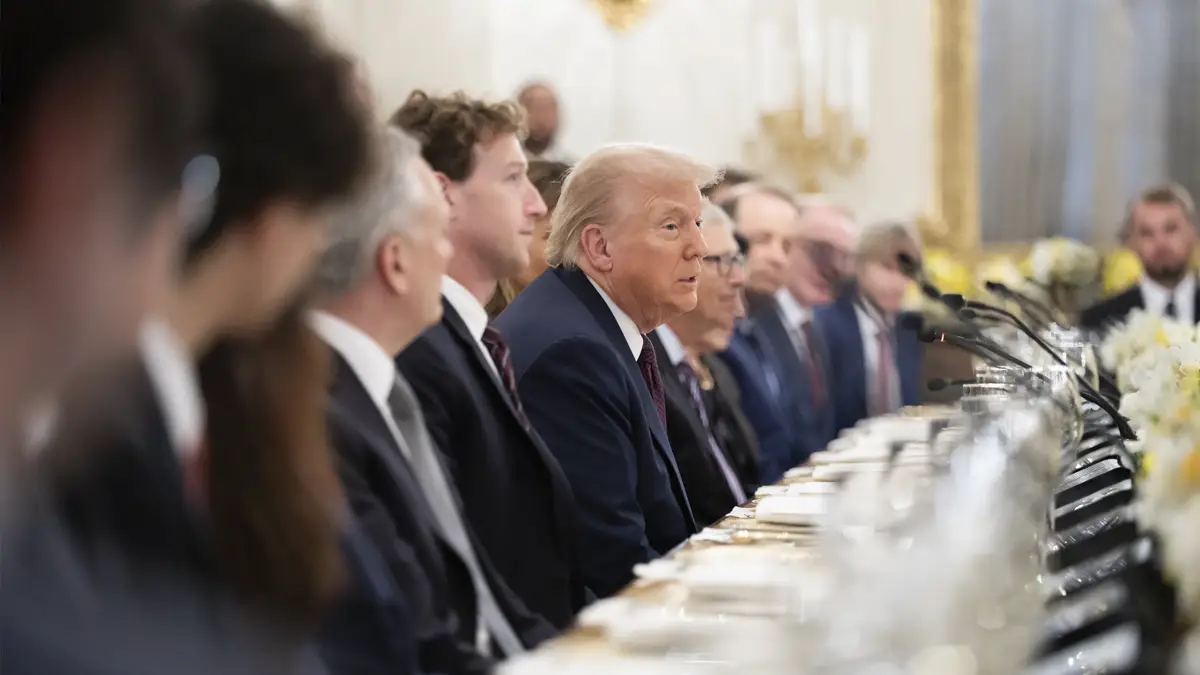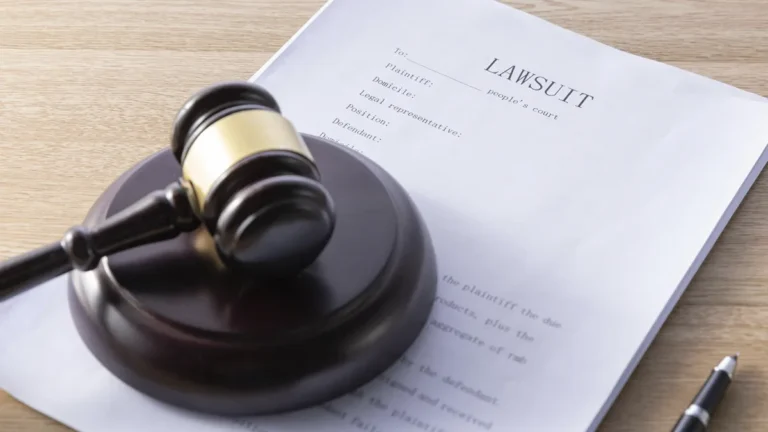Trump White House Tech CEO Dinner: AI, Innovation, and Industry Pledges
The Trump White House tech CEO dinner brought together the most influential leaders from the technology sector in Washington. This event was more than a dinner. It was a meeting where the CEO of tech companies sat down with President Donald Trump. They all were gathered to talk about artificial intelligence, semiconductor support, and the future of U.S. innovation. The mood was positive, with executives pointing out new chances for collaboration.
Trump met with Sundar Pichai, Satya Nadella, Mark Zuckerberg, Bill Gates, Tim Cook, Lisa Su, and Sam Altman. They discussed the Trump innovation agenda, U.S. artificial intelligence leadership, and future plans for education and infrastructure. The dinner was framed not just as a political occasion. But as a sign that the Trump administration’s AI action plan must be taken seriously by the private sector.
Trump White House Tech CEO Dinner in Washington
The dinner brought together top executives. Including the Google CEO, Microsoft’s Satya Nadella, Apple’s Tim Cook, and Meta’s Mark Zuckerberg. Everyone presents their ideas on artificial intelligence, semiconductors, and research investments. Reports noted that Zuckerberg meets with Trump highlighted Meta’s AI initiatives. While the previous Trump Jensen Huang meeting underscored Nvidia’s critical role in the AI race.
Executives agreed that the U.S. must continue setting the pace for innovation. Trump technology industry leaders’ strategy positions the United States as a driving force for research and development. The Trump White House tech investment pledges focused on funding education programs, supporting AI startups, and strengthening semiconductor infrastructure.
The event mirrored earlier forums like the White House AI meeting and the White House crypto summit. Where administration officials connected with industry leaders. However, this dinner carried greater symbolic weight. Given the scale of attendees and the acknowledgment of AI as a national priority.

Investment Pledges and Strategic Discussions
A major outcome of the dinner was the announcement of substantial Trump White House tech investment pledges. These commitments are designed to strengthen U.S. capabilities in critical areas like AI, semiconductors, and infrastructure.
Meta pledged to invest $600 billion through 2028, while Apple announced a similar $600 billion commitment. Google revealed plans for $250 billion in investments over the next two years. Microsoft committed between $75 to $80 billion toward new data centers and research facilities.
The talks also covered the need for a national AI education initiative to build a highly skilled workforce. Executives stressed that cultivating homegrown talent is essential to maintaining competitiveness in advanced technologies. In addition, leaders pushed for reducing regulatory hurdles. That slow development, aligning with the Trump innovation agenda’s focus on accelerating progress.
The Role of Semiconductor Leadership
Lisa Su of AMD played an important role in discussions. Lisa Su semiconductor AI support pledge focused on boosting chip production, which is critical for AI progress. Semiconductors were described as the backbone of U.S. technology, helping the country stay competitive in the long run.
Building the Future: Education and Infrastructure
A big focus of the dinner was education. Executives backed an AI education initiative to prepare the next generation for future jobs. By working together, private companies and government groups plan to expand opportunities. Like technical training in both rural and urban communities.
Trump also discussed U.S. technology infrastructure growth as a foundation for AI expansion. The strategy includes strengthening broadband, investing in data centers, and ensuring secure digital frameworks. Leaders described this as essential for competing globally. The Trump innovation agenda connects so many things in one. Like infrastructure, education, and research in one unified strategy, building momentum around long-term growth.
Strategic Benefits of Collaboration
The dinner reinforced the concept that collaboration generates results. With the Trump White House tech CEO dinner, leaders made commitments that extend beyond business competition. Partnerships are forming across companies, with pledges to share best practices, cooperate on AI safety, and expand research access. This approach strengthens both the industry and the administration’s credibility.
Conclusion
The Trump White House tech CEO dinner set a new standard for how government and technology leaders engage. Having leaders like Sundar Pichai, Tim Cook, Mark Zuckerberg, Lisa Su, Sam Altman, and Microsoft’s Satya Nadella. AI White House discussions showed how important the event was. They talked about everything from semiconductor support to training workers for AI. The Trump White House framed the meeting around pledges, innovation, and collaboration.
Executives in supporting the Trump administration AI action plan and acknowledged that sustained investment is required for progress. In many ways, the Trump White House tech CEO dinner demonstrated that the United States remains focused. Like on U.S. artificial intelligence leadership and America AI innovation. The commitments made signal a future where public and private sectors work hand in hand.






